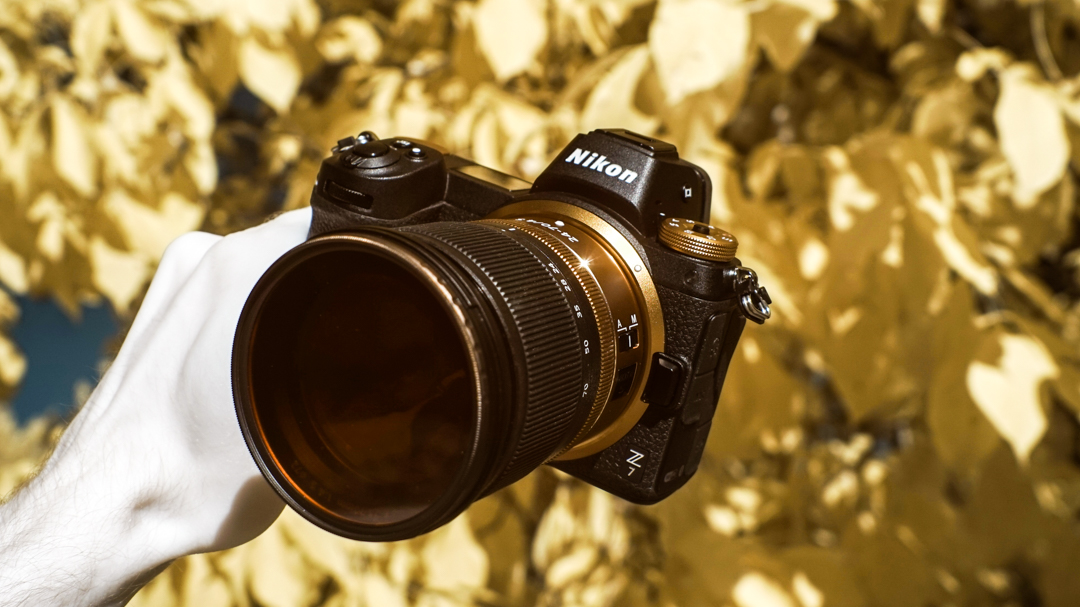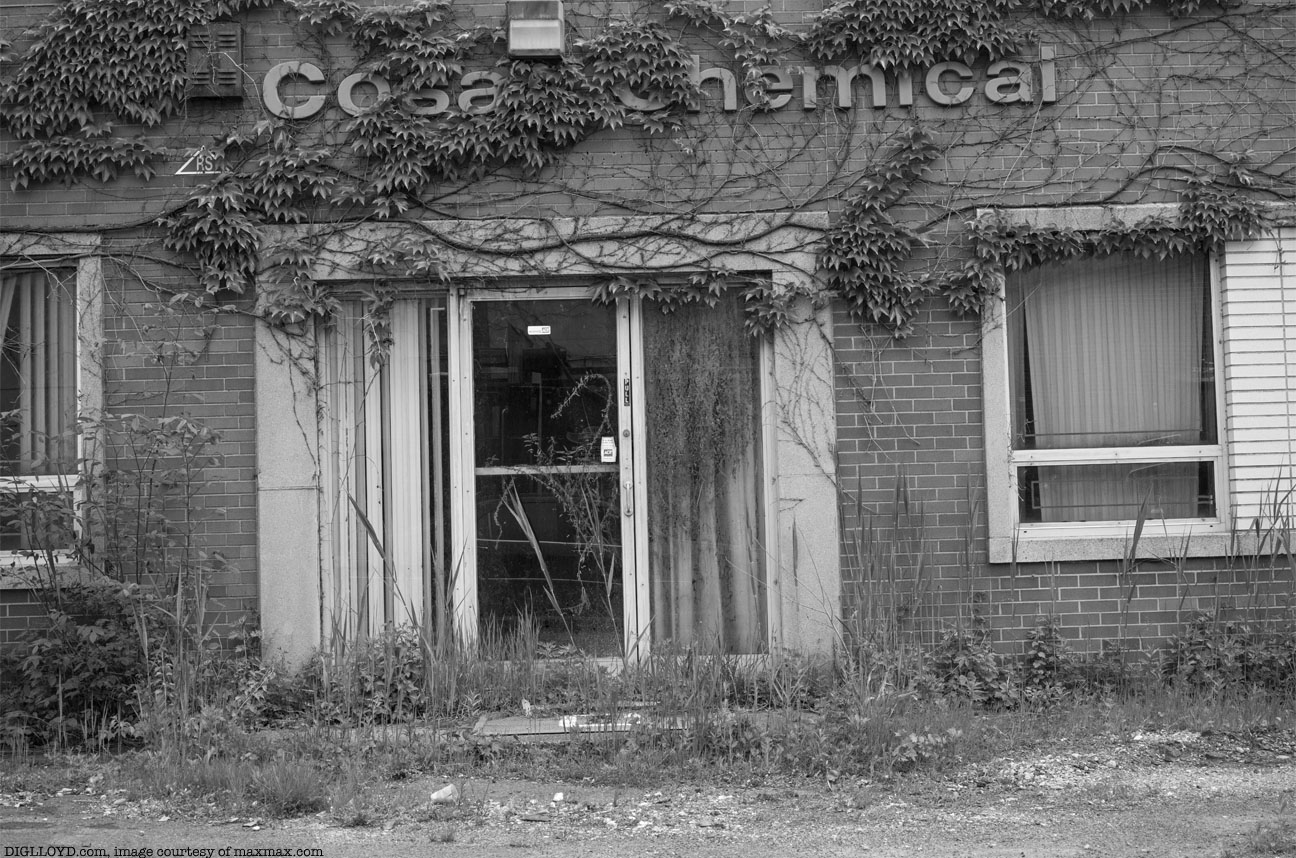- Messages
- 385
- Name
- Scott
- Edit My Images
- Yes
I've had a Nikon Z5 converted to fill spectrum (primarily for infrared, but being flexible). I seem to have an issue with horizontal lines appearing in the first proper IR photos I've taken with it (using a Hoya R72 on the Nikon 24-70 F2.8)
The example is post conversion to B&W and a liberal application of contrast (not how I'd normally process - exaggerated a little here to highlight the issue), however I can see it very faintly in the RAW image. (These are both crops from a vertically held pano - the big one at 100%, hence lines are vertical in this image). The issue isn't obvious where there is any texture, however will probably show up clearly on plain images, cloudy skies, etc like this. Not had this on any other IR converted cameras I've had, can't see why the Z5 would be any different to a D7100 or D90 in that regard, and can't see why full spectrum + filter would result in this?

I'm slightly concerned this might be a hardware issue and will be looking back at other photos I've taken with the camera. However, anyone seen this issue before anywhere? Any suggestions?

The example is post conversion to B&W and a liberal application of contrast (not how I'd normally process - exaggerated a little here to highlight the issue), however I can see it very faintly in the RAW image. (These are both crops from a vertically held pano - the big one at 100%, hence lines are vertical in this image). The issue isn't obvious where there is any texture, however will probably show up clearly on plain images, cloudy skies, etc like this. Not had this on any other IR converted cameras I've had, can't see why the Z5 would be any different to a D7100 or D90 in that regard, and can't see why full spectrum + filter would result in this?

I'm slightly concerned this might be a hardware issue and will be looking back at other photos I've taken with the camera. However, anyone seen this issue before anywhere? Any suggestions?





